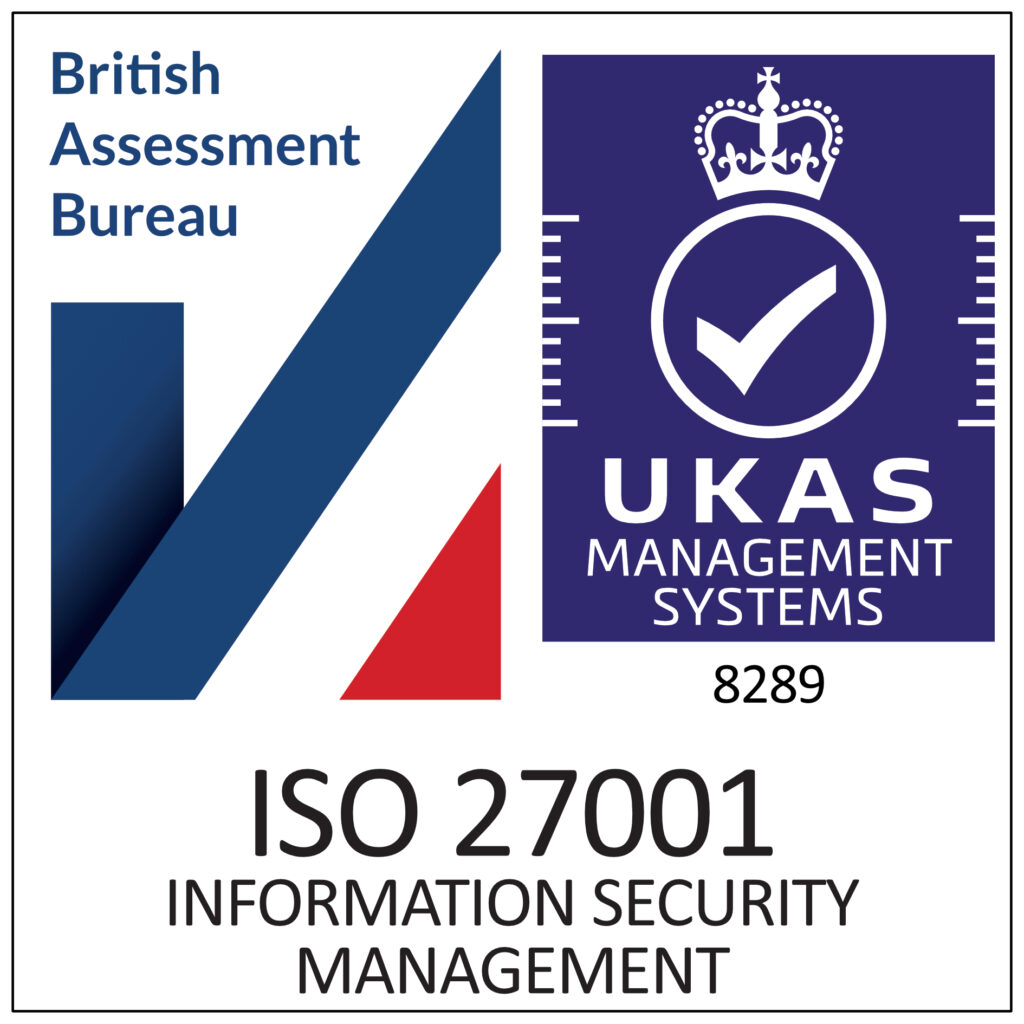The UK is set to experience another cold snap, and the chilly weather brings with it additional challenges to your drivers. Snow, ice, and reduced visibility can make winter driving conditions more dangerous than any other time of year, and treacherous conditions mean extra checks and general caution needs to be taken by all road users this winter.
Driving in tough conditions is something many of us can choose to avoid but this isn’t the case for fleet drivers, so how can you ensure your fleet are as safe as possible out there?
Safety is paramount in winter driving
There are a number of things you can encourage your fleet to do even before they hit the road. Here are some top tips for staying safe when the forecast is looking ominous.
Prepare your vehicle
Before heading out, make sure your vehicle is in good working order. Doing all of the usual checks such as brakes, tires, and windshield wipers is more important than ever, especially if it’s icy or snowing. Double check all your lights are working properly in case of poor visibility and make sure you keep an emergency kit in your boot that includes a torch, first aid kit, blanket, bottled water, and snacks.
Watch your speed
Winter roads can be slick with ice and generally unpredictable, so it’s important to slow down and give yourself extra time to react to changing road conditions. Give yourself more time to get to your destination so you don’t feel the need to speed at any point.
Leave enough space between you and the vehicle in front
When the roads are slippery it’s important to put extra distance between you and the vehicle in front, so you have extra time to react in case of an emergency. The RAC recommends “you should leave up to 10 times the normal recommended gap between you and the car in front” when driving in ice.
Keep your lights on all the time
If it’s snowing, raining, or even a bit dull, make sure your headlights are always on, even during the day. This will make it easier for other drivers to spot you, and for you to see ice or any other hazards on the road in good time.
Stay alert and take a break of you’re tired
With limited hours of sunlight and more driving in the dark then other seasons, it’s easy to feel fatigued while behind the wheel during the winter months. If possible, take a break every couple of hours to get some fresh air and stretch your legs. Tiredness is a killer on the road, and with additional challenges such as bad weather thrown into the mix, it’s even more important to stay alert and vigilant.
Avoid sudden movements when driving in snow or ice
When driving on snow or ice, avoid sudden movements such as hard braking or sharp turns which can cause your vehicle to slip, skid, or lose control. Instead, try and brake gently and keep all motions smooth and steady.
Keep an eye on the forecast so you know what to expect
Check the weather forecast before heading out on the road and check again whenever you stop for a break. If you know what to expect, you can prepare yourself accordingly and maybe even time your next break so you can avoid the worst of what the weather throws at you.
Make sure your fleet understand the dangers of winter driving
The roads in the winter are unpredictable with black ice, snow, damaged surfaces and a whole lot more to contend with, but by following these tips and being aware of what the colder months have in store, your team can stay safe on the roads this winter.


